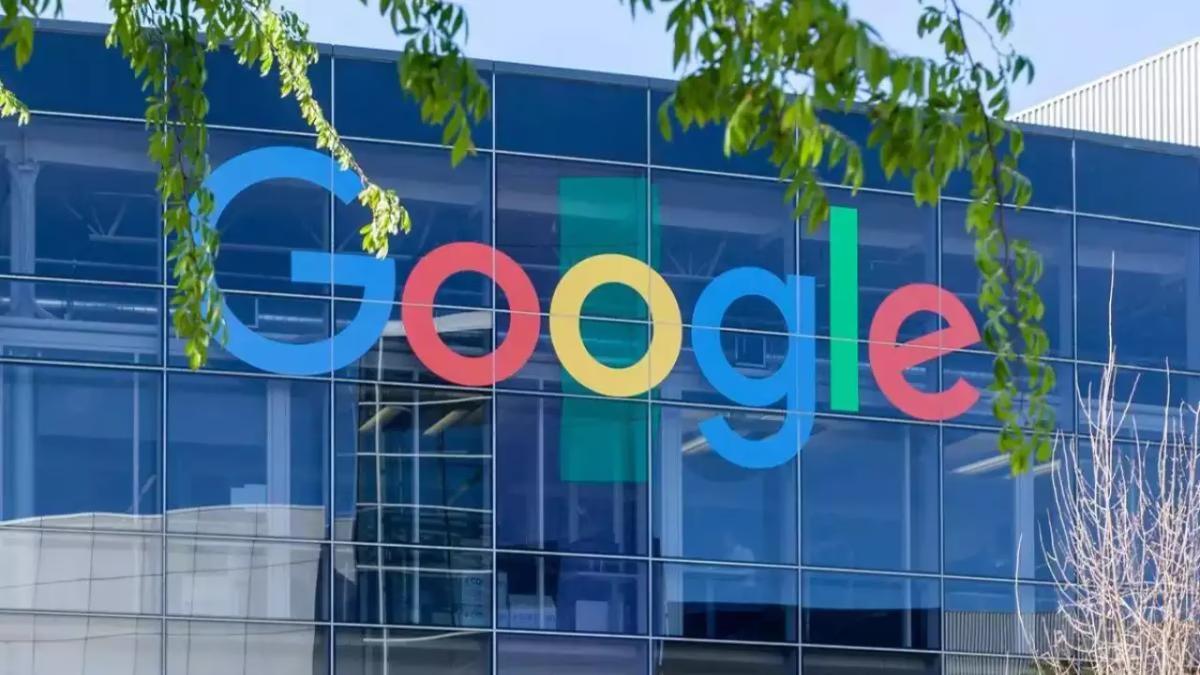Dubai: Dubai again is planning for the takeoff of flying taxis in this futuristic city-state on the Arabian Peninsula, offering its firmest details yet Monday for a pledged launch by 2026.
Since 2017, the commercial capital of the United Arab Emirates has offered promises to launch flying taxis in the city already home to the world's tallest building and other architectural wonders.
A series of futuristic initiatives were announced and companies have cycled through those promises as well, most timed to be included at Dubai's annual World Government Summit, which saw this year's edition begin Monday.
Dubai's ruler, Sheikh Mohammed bin Rashid Al Maktoum, announced the relaunched flying taxi programme on Twitter Sunday. This time, Dubai highlighted the six-rotor electric flying taxi made by Joby Aviation of Santa Cruz, California, in the promotional video.
The inclusion of Joby Aviation, rather than the Chinese-made EHang 184 and XPeng X2 or the German-made electric Volocopter all previously displayed in Dubai, wasn't explained by Emirati officials. Joby aircraft featured at a stand at the World Government Summit on Monday.
“We're excited about the opportunity and actively exploring the possibility,” said Oliver Walker-Jones, a spokesman for Joby Aviation.
Ahmed Bahrozyan, an official in the emirate's Roads and Transport Authority, similarly told the state-owned Dubai Eye radio station on Monday that "it's early days” for the plan.
“We haven't signed with any partners yet," he said.
Another difference in this year's promise of flying taxis is the release of specifics about the programme. The city plans four “vertiports” by Dubai International Airport, the world's busiest for international travel, downtown Dubai, the manmade Palm Jumeirah archipelago and Dubai Marina. Those points will include two launching pads and four charging points for the flying taxis.
“We believe those are attractive areas with business hubs and tourist hubs that could generate considerable demand,” Bahrozyan said.
The pricing for the flying taxis “will be in the range of a limousine service in Dubai, maybe slightly higher,” Bahrozyan said. The RTA describes limo services rates as “at least 30 per cent higher than taxi fares” in the city. Taxis have a minimum fare of around $3.25 and charge $0.50 a kilometre.
Another departure from earlier plans includes the RTA planning to have piloted flying taxis at first, rather than autonomous ones as previously discussed. Bahrozyan described having a pilot with seats for passengers on board, which match Joby's electric flying taxi. However, Bahrozyan said tests would continue with autonomous flying taxis as well.
The Joby prototype can fly over 240 kilometres (150 miles) before needing a charge — something which would put Abu Dhabi and other areas of the country within range. It takes off and lands vertically, while its rotors tilt forward in flight. It has a maximum speed of 320 kmph (200 mph).
The video posted by Sheikh Mohammed's Twitter account also included the logo of London-based Skyports Infrastructure, which also refers to its support projects as “vertiports.” The company already is testing its “vertiport” model outside of Paris and is working with Joby. Skyports did not immediately respond to a request for comment.
Opening the skies to flying taxis would add to the “Blade Runner” skyline of Dubai, while also easing the real-world grind of daily traffic that's only worsening as its population booms to over 3.5 million people.
Rush hour on Sheikh Zayed Road, a dozen-lane artery running down the length of the Dubai, alternates between dense gridlock and sports-car slalom. Over 1.8 million Dubai-registered vehicles ply its roads, not counting those crowding in from the United Arab Emirates' six other sheikhdoms.
There's also the desire to move away from carbon-belching gasoline and diesel vehicles as the UAE will host the upcoming United Nations COP28 climate talks later this year. That's even as the Emirates hopes to expand its production of crude oil ahead of a promised “carbon-neutral” future by 2050.






















